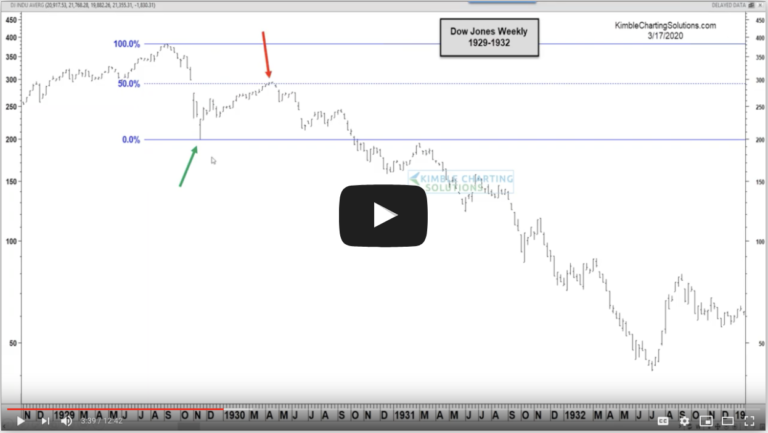CLICK ON CHART TO ENLARGE
On the first post of the year, I first off want to wish each of you & yours a “Healthy, Happy & Prosperous 2014.” I also want to Thank each of you for your viewership of my blog, it is deeply appreciated.
I remain honored and humbled by the numerous comments I receive, especially along the line that I share “long-term perspective” that few other people do. Thanks again for these comments.
As we start a new year, I wanted to start the year by looking at a long-term pattern that isn’t discussed much, which is a long-term megaphone pattern. I started my investing career in 1980, as the Dow was breaking from a rather long-term megaphone pattern at (1) in the left chart above. As we all know now, this breakout of resistance led to a big blastoff in the Dow, leading to one of the best 20-year runs in all of stock market history.
I have highlighted that the Dow looks to be forming another long-term megaphone pattern with the Dow at the top of this pattern at (2). As a student of Sir John Templeton, I continue to watch fundamental valuations. I do find it interesting that the Dow looks to be forming another megaphone pattern, with the valuations at (2) quite different now, than they were at (1).
Three fundamental valuation gauges that are at much different levels now than in the early 1980’s happens to be the “Q-ratio”, PE Ratio & Margin debt is hitting levels only see once in all of history (see here & below) . Doug Short updates these on a regular basis, see his great site to stay updated on these key numbers.
The upper right chart reflects that the Dow is in a solid uptrend and happens to be facing a couple of long-term resistance lines that tie in the 1987 high, 2000 high, 2003 low & 2007 high.
Which is more powerful, the trend or resistance and fundamental valuations? At this time the trend is the winner! Should the Dow break above the top of this mega phone pattern, it would be a bullish price situation. I am fond of the phrase, “it doesn’t matter until it matters!”
For resistance to matter, the Advance/Decline line needs to act weak and the Shoe box indicator & high yields need to start heading south, which at this time is not happening. If these do start reflecting strong weakness, the top of the megaphone pattern becomes resistance that should be respected.
–
–



